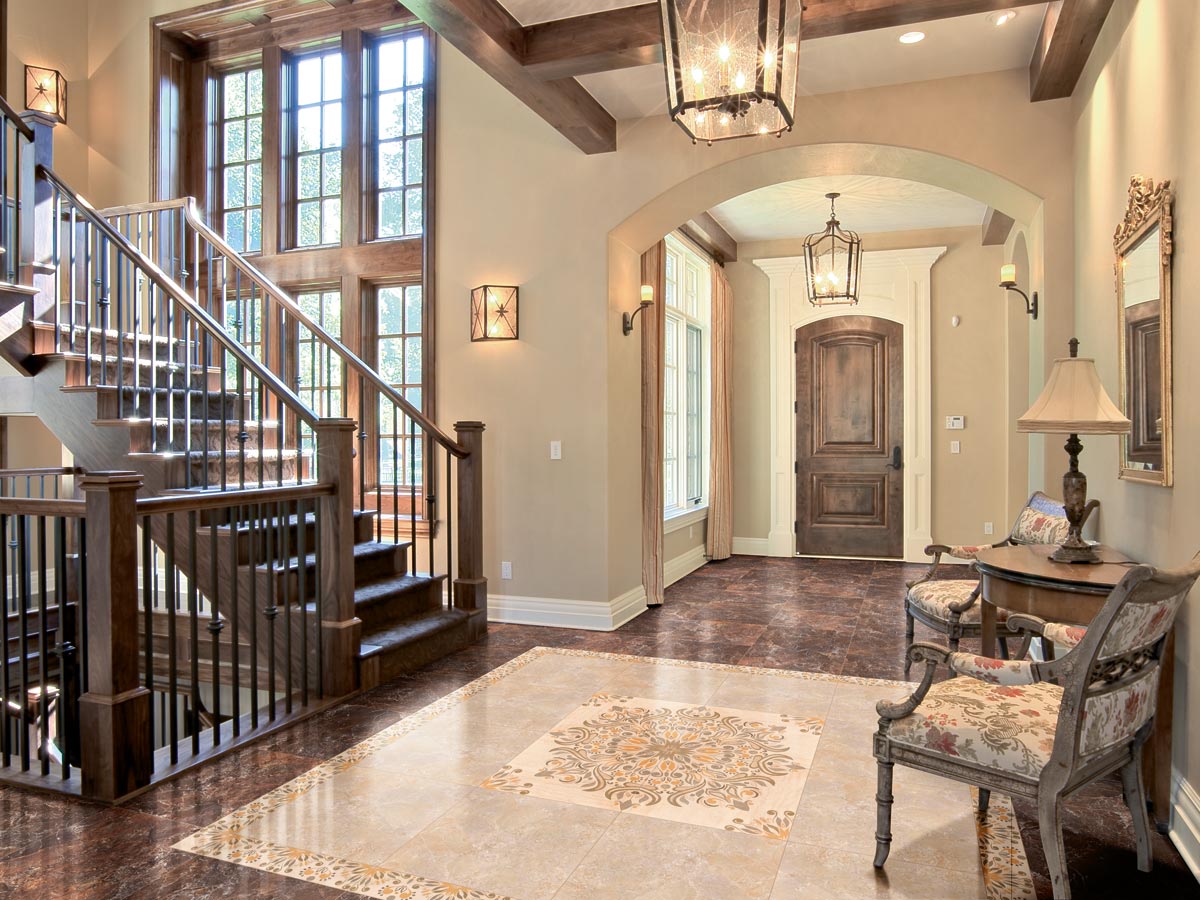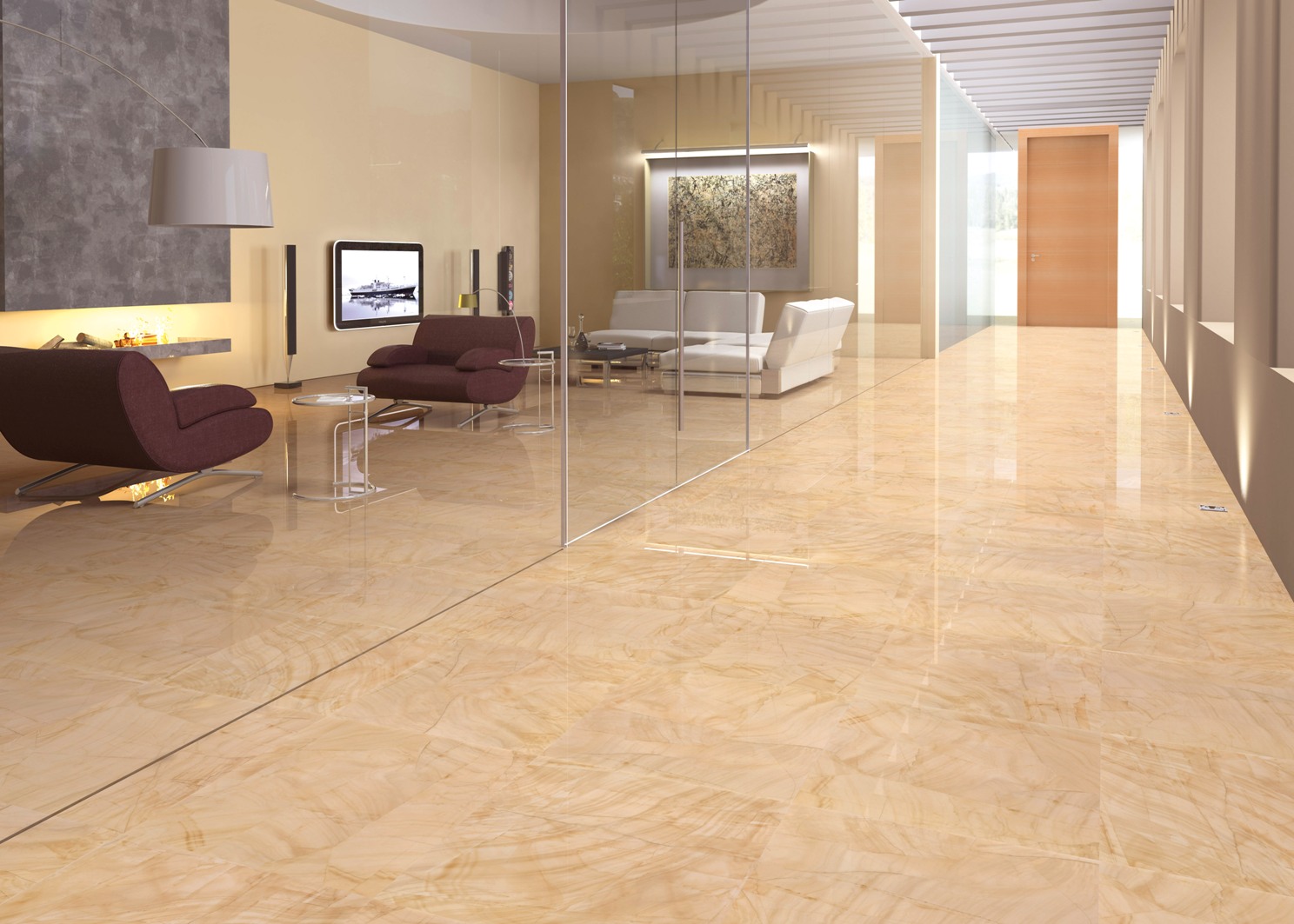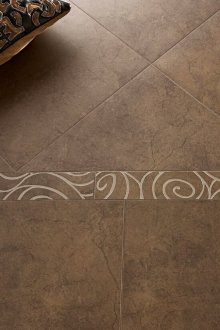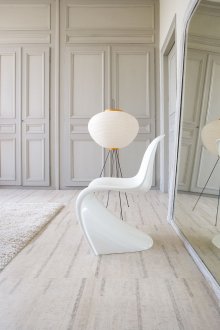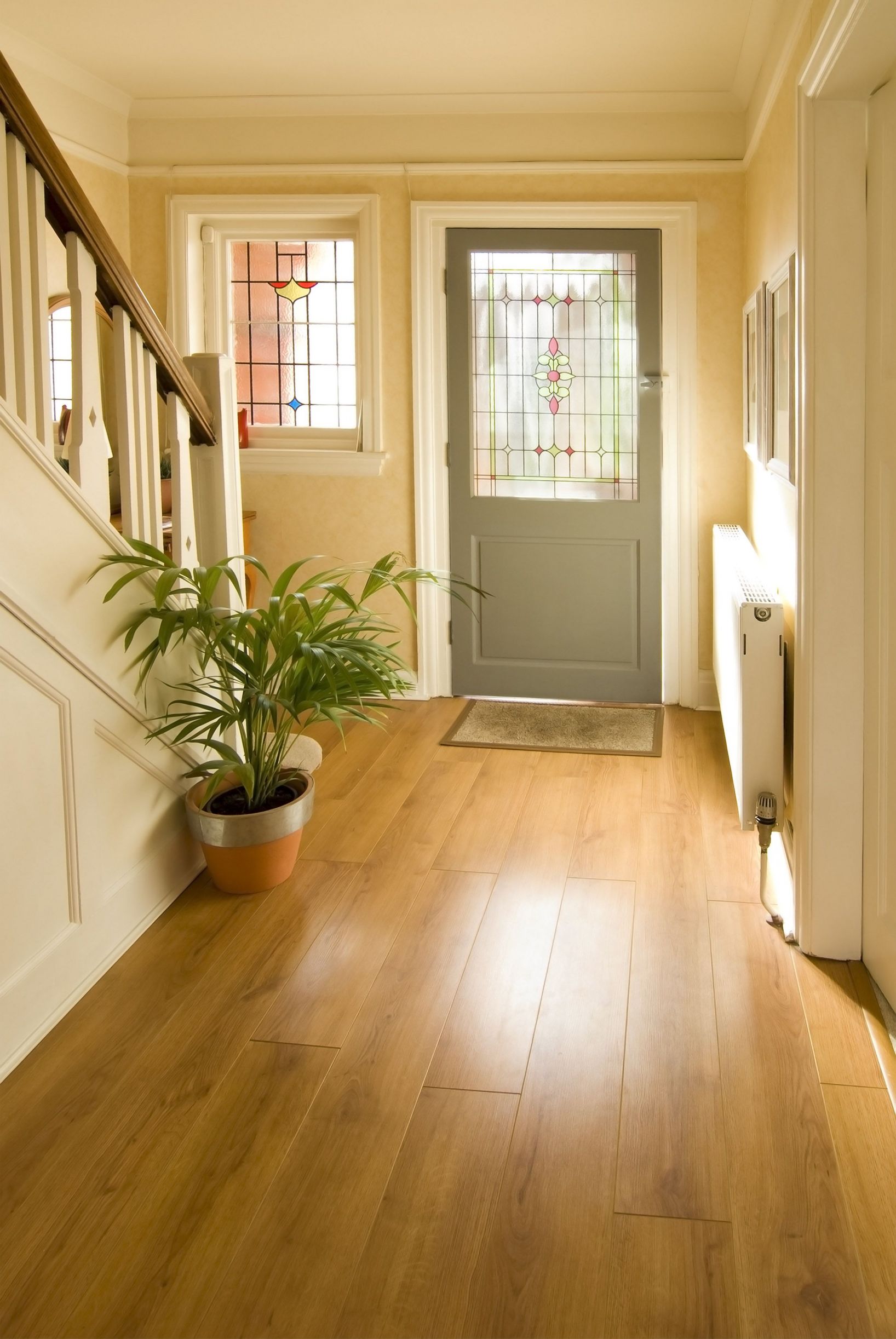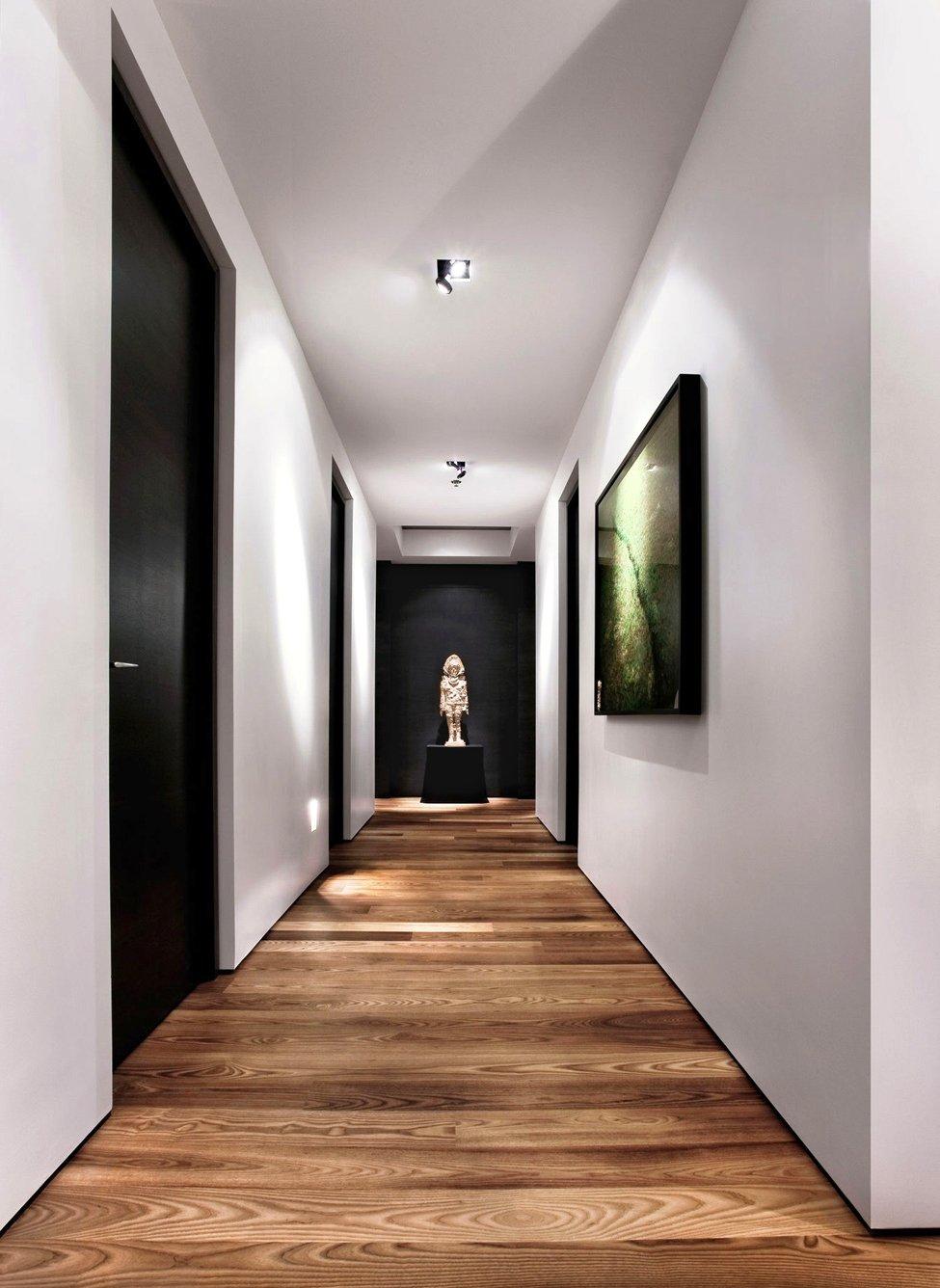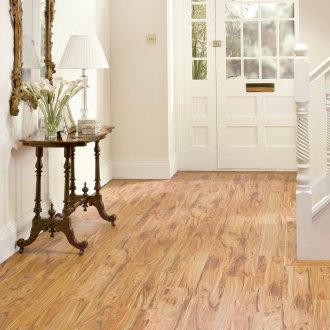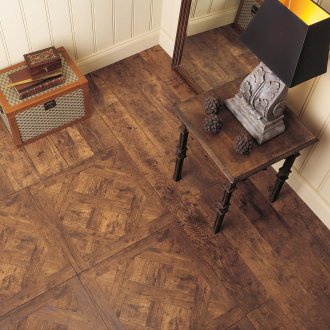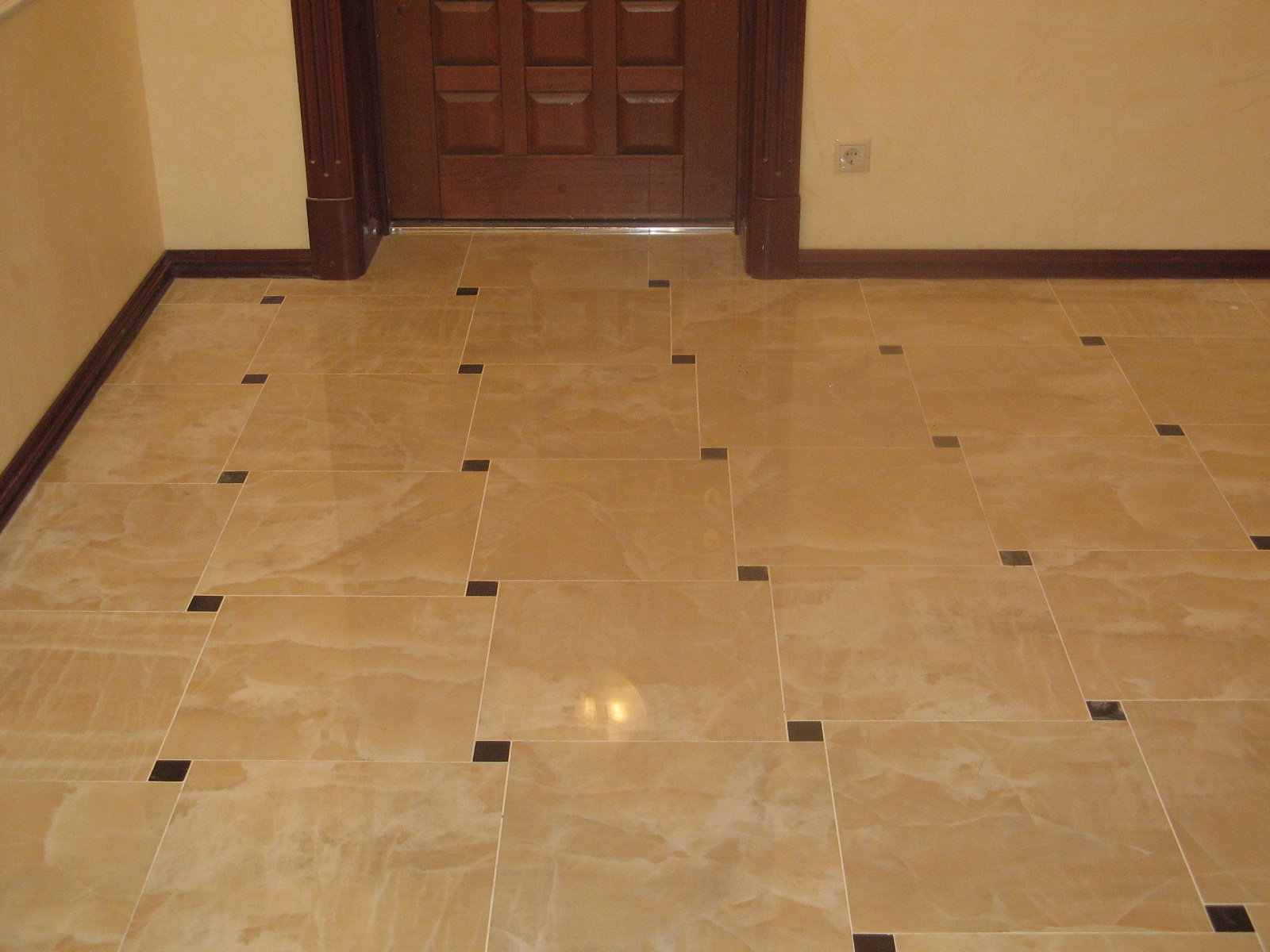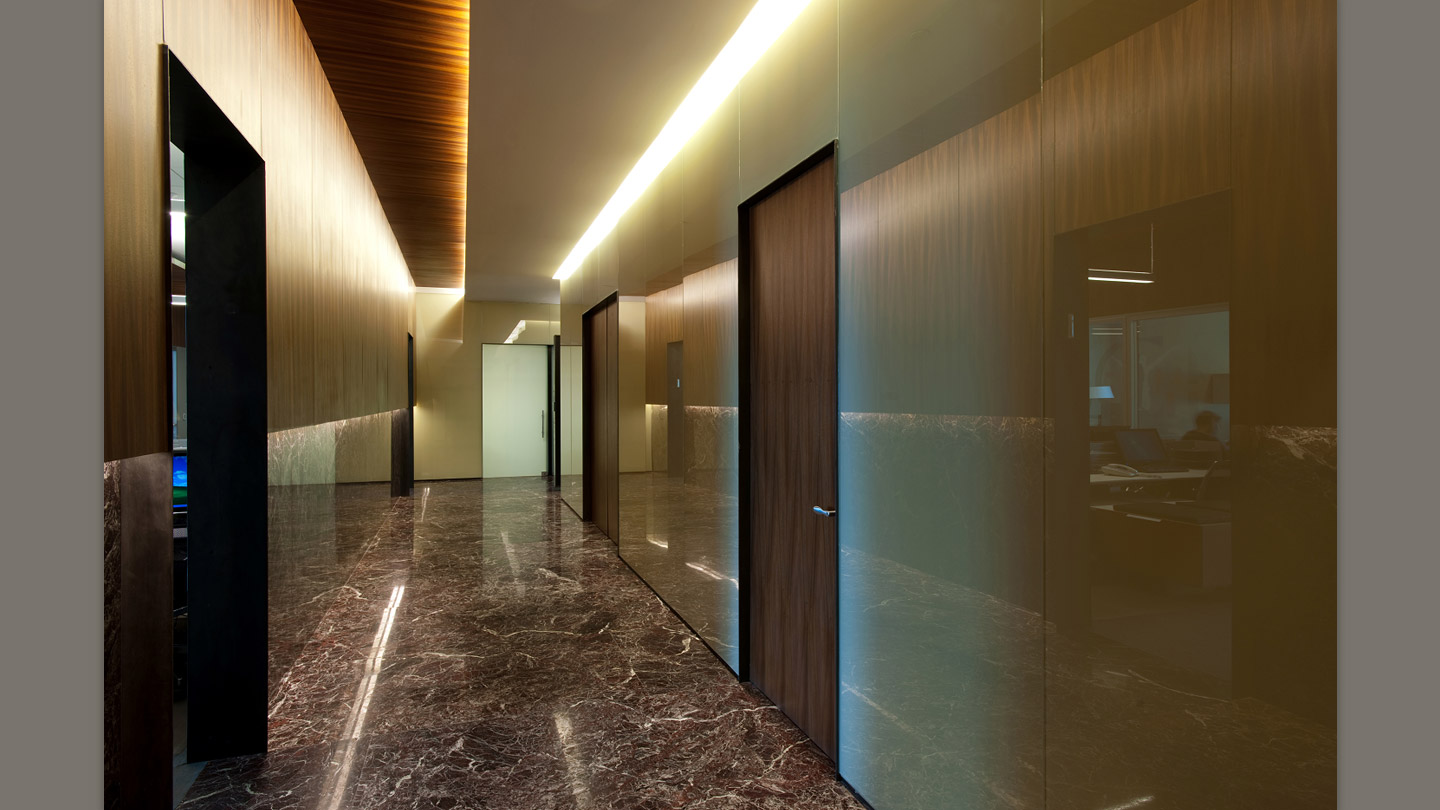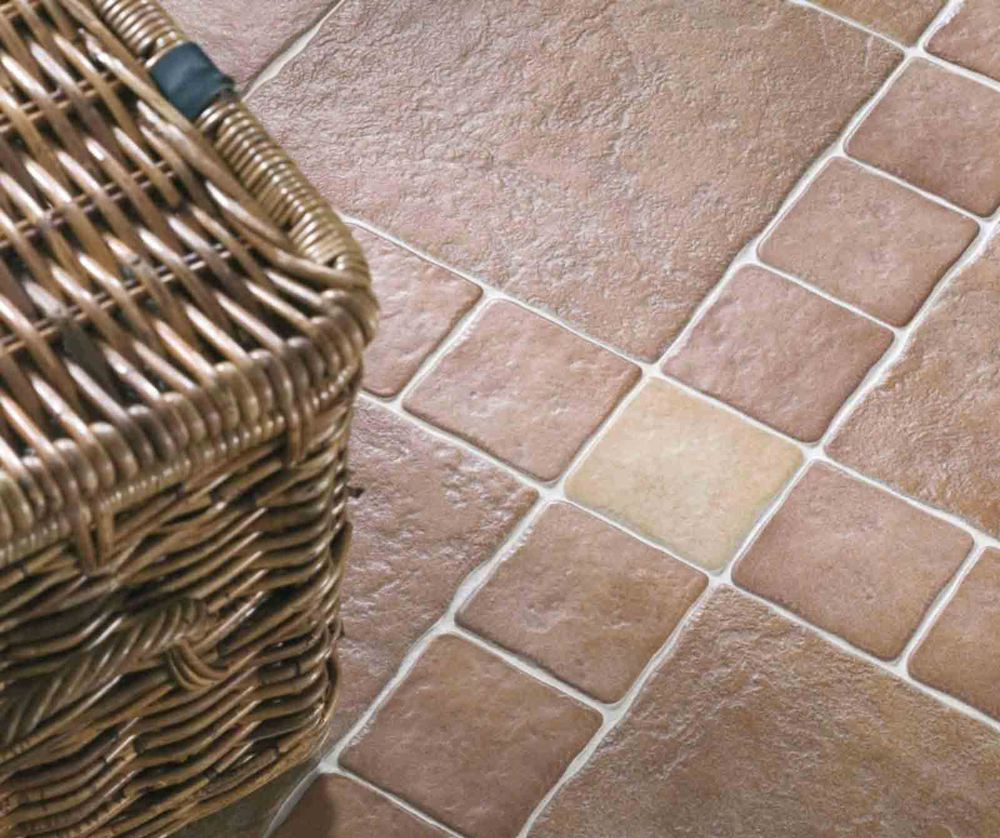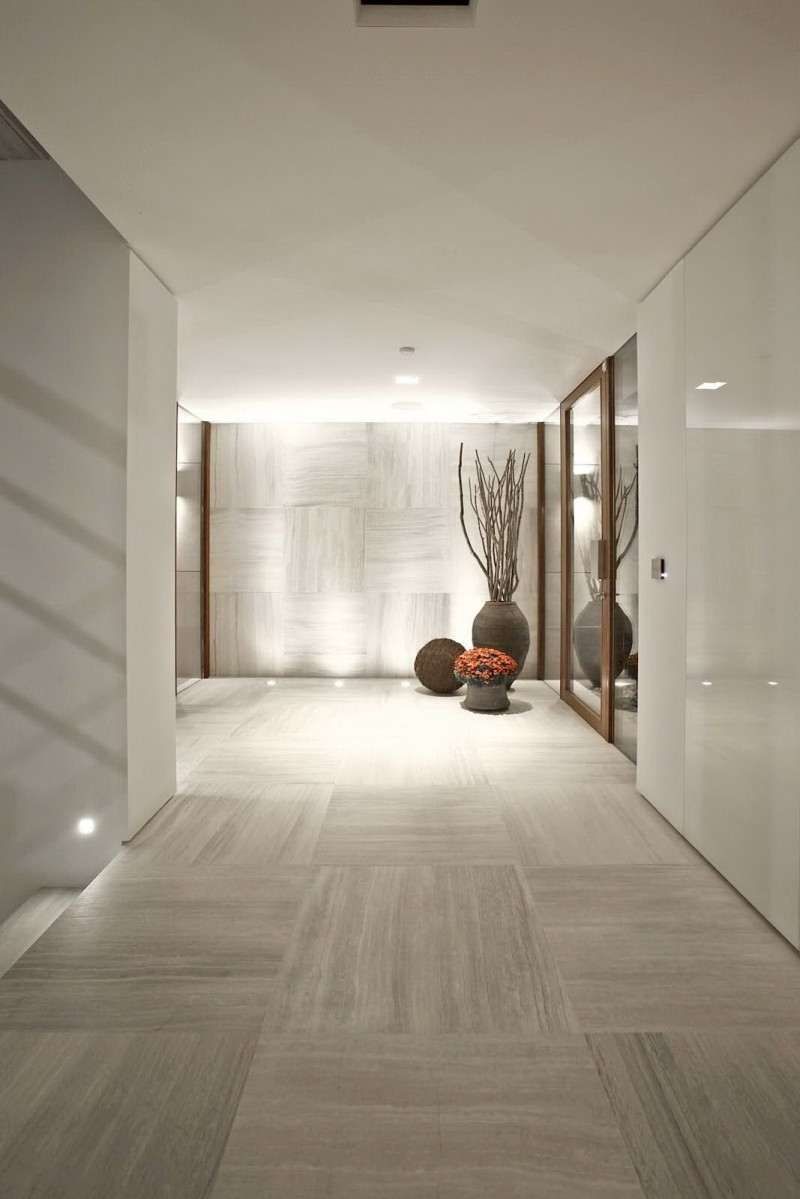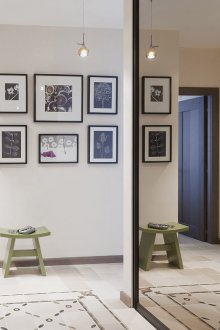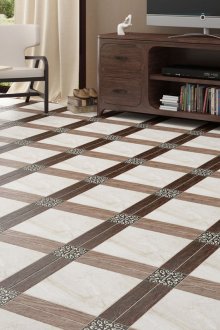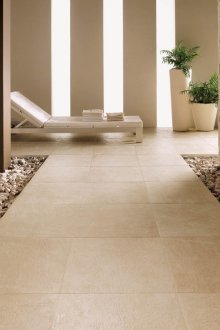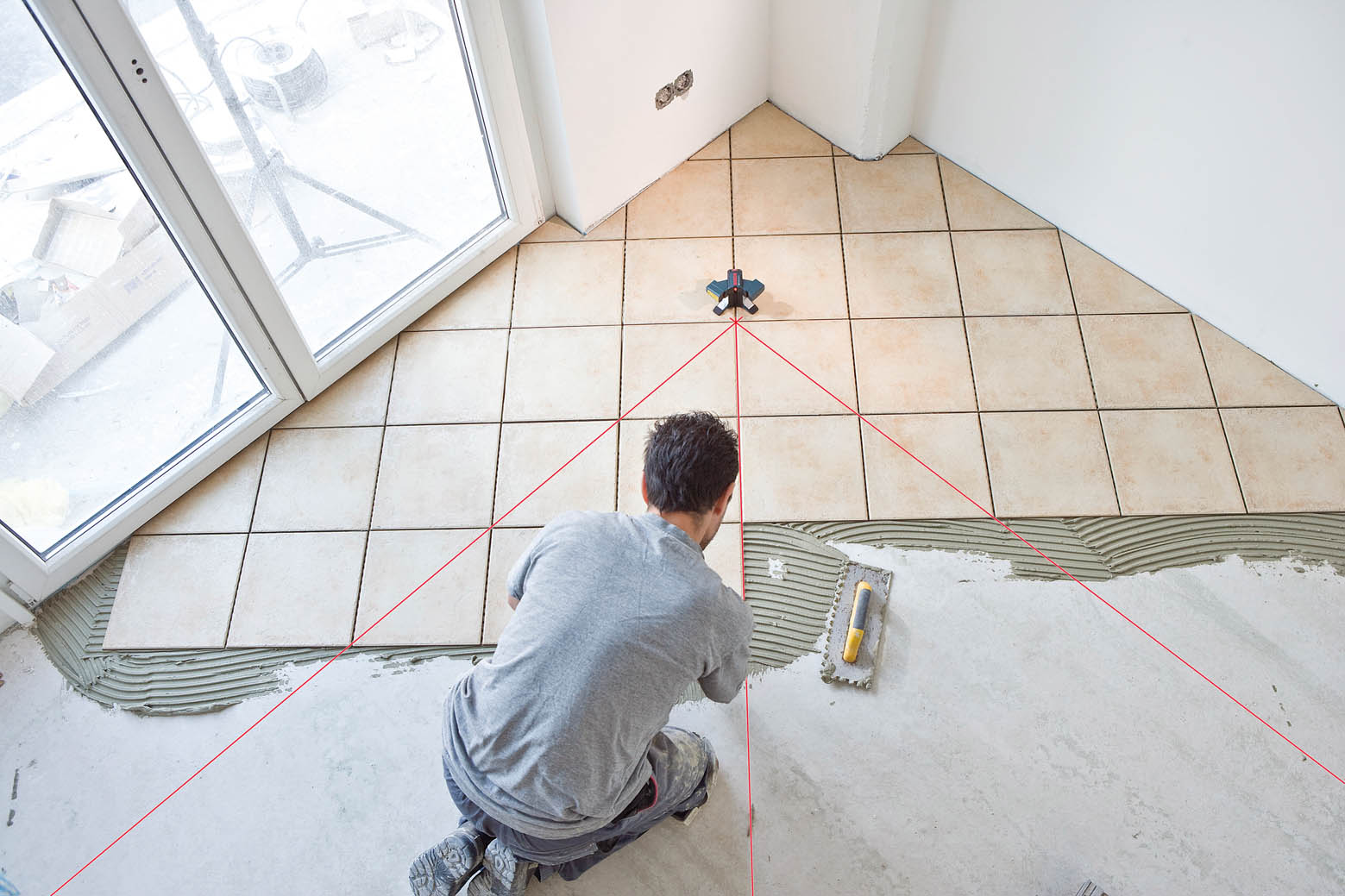Tile to the floor in the corridor (19 photos): choose the best
Content
The corridor in the living room is the very first to accept visitors and hosts with burdens. Floor decor can withstand not only the movement of the legs, the shoeing process, but also bags, bicycles, balls, various toys, not to mention the big purchases relating to large household appliances or furniture. Therefore, the coating must be wear-resistant and durable. Under these characteristics, floor tiles in the hallway are perfect.
When choosing tiles for the hallway, you need to know exactly how much material is needed for decoration. To do this, you need to multiply the width of the room by the length, and you get a footage. This figure should be voiced when buying floor decor. For a small corridor, it is recommended to take material consisting of small parts, so it will be easier to stack. A versatile modular laminate flooring plan. It comes in rectangular slabs that are conveniently located on the floor. It is recommended to choose an abstract image for a small room to avoid selection of a picture.
Types of floor tiles
Consumers today are offered a wide selection of different ideas for floor decor, including several types of tiles. Suitable for laying in the hallway:
- Granite tiles. Made from natural granite rock. Differs in high durability, wear resistance, is not subject to deformation. Stores offer granite tiles of two types: with a polished (smooth mirror) surface and heat-treated with a texture surface.
- Porcelain tile. It has excellent thermal conductivity, is resistant to chemicals, is not afraid of weight, has wear resistance.
- Ceramic. Ceramics familiar to all consumers, having a wide range of ornaments and colors. It has strength, wear resistance, is not afraid of chemical attack.
- Cork. Suitable for decoration of an apartment where allergy sufferers live. Cork tiles are not afraid of mold, rotting, dust is not collected on it. But under the influence of bright sunlight or heavy objects can quickly lose its appearance.
- Vinyl (PVC). One of the most economical materials at a price. It has wear resistance, moisture resistance, is not afraid of exposure to high and low temperatures. The level of strength is lower than that of granite or porcelain stoneware, but it is quite suitable for a long service life. It has a wide range of colors and ornamental solutions.
- Modular laminate. The characteristics do not differ from granite, porcelain stoneware and ceramics. Also resistant to various kinds of deformations and influences.
For halls in apartment buildings, you can opt for ideas with cork, vinyl, ceramic tiles and laminate. For the private sector, laminate and ceramics are also suitable, as well as granite and porcelain stoneware.
Laminate in the hallway
In the role of floor decor, the laminate firmly took a leading position. A wide range of color solutions, consumer characteristics and accessibility of installation helped this material to occupy a leading position. If we take into account the price-quality-use ratio in the interior, then no decor can compare with the laminate.
When choosing a laminate for a hallway, several factors should be taken into account:
- the presence in the house of small children who go for a walk in a stroller or with a small bicycle;
- the presence of animals in the house;
- the weight of the corridor furniture;
- the presence of flooring on top of floor decor;
- the presence of sports equipment;
- the presence of shoes with sharp and metal heels;
- the likely severity that may be in the corridor.
Experts recommend choosing a laminate of class 31-33, which is the most acceptable in composition and strength for the hallway.
It is advisable to choose a shade of the laminate of medium saturation with imitation of stone or wood-like. All the dirt and scuffs will be visible in a light tone, and a very dark color will visually reduce a room that is small in size. The best color options are shades of gray (but not dark!), Dark beige and brick color.
For the idea of flooring in the hallway, you can try a combination of materials. For example, ceramic or porcelain tiles are laid near the door, and then laminate. At joints, flexible plastic or metal moldings can be used.
Use of porcelain stoneware
Ideas for decorating the corridor with porcelain tiles on the floor emphasize the luxury of the interior. This material is suitable for home and apartment in strength, variety of colors and ornaments. But for a small area it is better not to use it, because the grace of the stone will not be noticeable. The only exception is the use of porcelain in combination with laminate or ceramic. In this case, you can trim the space near the doors with porcelain tiles with an eye on quality characteristics, and use the other material on the rest of the area.
Owners of large halls have a place to implement all the ideas. You can decorate the interior with a large floor ornament, you can make a continuation of wall decor on the floor or pick up tiles with a similar image. One of the options is a wall made of stone or brick and porcelain stoneware with imitation of tan stone.
In private houses, where there are spacious and bright corridors, with granite, you can lay out the space at the entrance or the entire entrance hall. For laying over the entire area, a material with a matte or mirror surface is suitable. If the room is poorly lit, then in combination with point or tape light sources, the mirror tile creates the effect of a reflector. It is only necessary to handle such a surface carefully at the entrance, since the gloss, together with moisture, becomes slippery.
It is recommended to choose a shade of porcelain tile depending on the lighting. If there are windows in the hallway, you can apply any color idea, both in light and in dark colors. If there are no windows in the corridor, then the color scheme should not be too light or very dark.
Classic ceramics
When purchasing ceramic tiles, many people are tempted to buy the same material on the floor and on the walls. But this should not be done, since floor and wall decor have a different level of strength. The tile on the wall may crack on the floor, and the weight of the tile for the floor may not last long in an upright position. There are sets at retail outlets that include wall and floor tiles with similar patterns and colors.
Floor ceramics should have the following characteristics:
- water resistance;
- wear resistance;
- slippery;
- resistance to household chemicals;
- beautiful product design.
In addition, ceramic tiles are easy to clean, wash well, and do not collect dust. It is stronger than laminate, also has many colors and ornaments. When buying floor decor, you can look in the catalogs of the proposed interiors using your favorite tiles.
Types of tile laying
There are several types of floor tiles. The most common:
- Traditional or direct.
- Diagonal.
- In the form of a Christmas tree.
- Offset or masonry.
- Modular.
- Laying with inserts.
- Laying with shift.
Direct method or in the form of bricklaying are available even for inexperienced craftsmen. The remaining species require certain skills, and therefore, if necessary, it is recommended to consult specialists so as not to spoil the material.
